in freestyle do not swim on the belly
breaststroke is the most ancient style
butterfly it to you not breaststroke
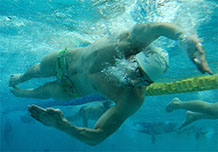 freestyle on the sides
freestyle on the sides
to advance the body in water with the least resistance, the swimmer crosses from one side to the other synchronizing these passes with the technique of performing strokes with his hands. Ask the instructor for more details!
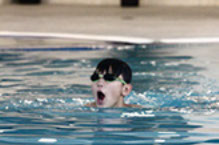 Брасс
Брасс
Breaststroke
In the Egyptian "Cave of swimmers" (about 9000 years BC) there are rock carvings depicting floating people whose movements resemble those performed by modern athletes swimming with a breaststroke.
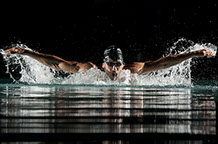 Butterfly
Butterfly
about how the breaststroke and butterfly can be connected on this page, read to the end
Only swimmers know how to hear underwater ...
Sounds of his breath and heartbeat,
as well as the whisper of the coach - "come on, come on, come on"
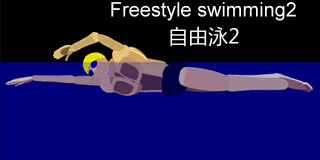
Swimming is a sport or sport discipline, consisting in overcoming "swim" for the shortest time of various distances. At the same time in the underwater position according to the current rules, it is allowed to swim no more than 15 m after the start or turn.
Figures on archaeological finds indicate that people in ancient Egypt, Assyria, Phenicia and in many other countries were able to swim for several millennia BC, and the methods of swimming known to them resembled modern crochets and breaststroke. At that time, swimming was purely applied in nature - in fishing, hunting for waterfowl, underwater fishing, in military affairs. In ancient Greece, swimming began to be used as an important means of physical education
A lot of information and a lot of information about swimming can be found on the pages in different "Internet"
What you need to know about how to swim in our time, the basic concepts ... and terminology. Everyone is here.
swimming styles
Freestyle is a category of swimming competition, defined by the rules of the International Swimming Federation (FINA), in which competitors are subject to only limited restrictions on their swimming stroke, affording the swimmer great freedom in style. Freestyle races are the most common of all swimming competitions, with distances reaching 1500m (1650 yards). The stroke used almost universally in freestyle races is the front crawl, as this style is generally the fastest. For this reason, the term freestyle is sometimes incorrectly used as a synonym for front crawl when in fact it means one is mostly free to choose a style.
Freestyle swimming implies the freedom to choose any stroke style for competitive swimming. The front crawl is most commonly chosen by swimmers, as this provides the greatest speed. During a race, the competitor circles the arms forward in alternation and kicks the feet up and down (flutter kick). Stand-alone freestyle events can also be swum using one of the officially regulated strokes (breaststroke, butterfly, and backstroke). For the freestyle part of medley swimming competitions, however, one cannot use breaststroke, butterfly, or backstroke.
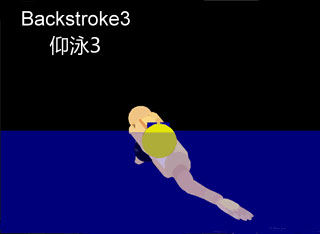
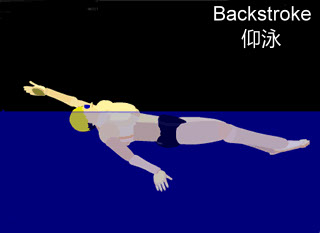
Backstroke is one of the four swimming styles used in competitive events regulated by FINA, and the only one of these styles swum on the back. This swimming style has the advantage of easy breathing, but the disadvantage of swimmers not being able to see where they are going. It is also the only competition swimming style that has a different start. The swimming style is similar to an upside down front crawl or freestyle. Both backstroke and front crawl are long-axis strokes. In individual medley backstroke is the second style swum; in the medley relay it is the first style swum.
In backstroke, the arms contribute most of the forward movement. The arm stroke consists of two main parts: the power phase (consisting of three separate parts) and the recovery.[3] The arms alternate so that always one arm is underwater while the other arm is recovering. One complete arm turn is considered one cycle. From the initial position, one arm sinks slightly under water and turns the palm outward to start the catch phase (first part of the power phase). The hand enters downward (pinkie finger first) then pulling out at a 45 degree angle, catching the water.
During the power phase the hand follows a semi-circular path from the catch to the side of the hip. The palm is always facing away from the swimming direction, while remaining straight as an extension of the arm, and the elbow always points downward towards the bottom of the pool. This is done so that both the arms and the elbow can push the maximum amount of water back in order to push the body forward. At the height of the shoulders, the upper and lower arms should have their maximum angle of about 90 degrees. This is called the Mid-Pull of the power phase.
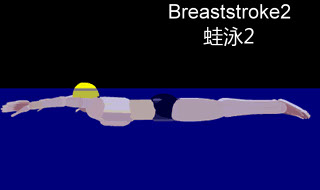
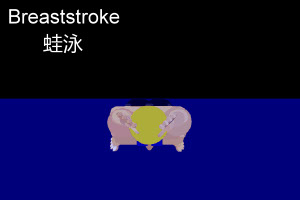
Breaststroke is a swimming style in which the swimmer is on their chest and the torso does not rotate. It is the most popular recreational style due to the swimmer's head being out of the water a large portion of the time, and that it can be swum comfortably at slow speeds. In most swimming classes, beginners learn either the breaststroke or the front crawl first. However, at the competitive level, swimming breaststroke at speed requires comparable endurance and strength to other strokes. Some people refer to breaststroke as the "frog" stroke, as the arms and legs move somewhat like a frog swimming in the water. The stroke itself is the slowest of any competitive strokes and is thought to be the oldest of all swimming strokes.
Breaststroke is the slowest of the four official styles in competitive swimming. The fastest breaststrokers can swim about 1.70 metres per second. It is sometimes the hardest to teach to rising swimmers after butterfly due to the importance of timing and the coordination required to move the legs properly.
In the breaststroke, the swimmer leans on the chest, arms breaking the surface of the water slightly, legs always underwater and the head underwater for the second half of the stroke. The kick is sometimes referred to as a "frog kick" because of the resemblance to the movement of a frog's hind legs; however, when done correctly it is more of a "whip kick" due to the whip-like motion that moves starting at the core down through the legs.

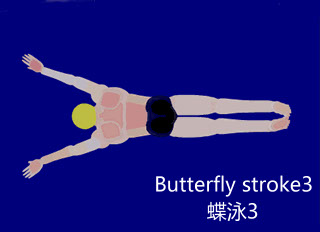
The butterfly (colloquially shortened to the fly[1]) is a swimming stroke swum on the chest, with both arms moving symmetrically, accompanied by the butterfly kick (also known as the "dolphin kick"). While other styles like the breaststroke, front crawl, or backstroke can be swum adequately by beginners, the butterfly is a more difficult stroke that requires good technique as well as strong muscles. It is the newest swimming style swum in competition, first swum in 1933 and originating out of breaststroke.
The peak speed of the butterfly is faster than that of the front crawl, or freestyle due to the synchronous pull/push with both arms and legs. Yet since speed drops significantly during the recovery phase, it is overall slightly slower than front crawl, especially over longer distances. Another reason it is slower is because of the extremely different physical exertion it puts on the swimmer compared to the freestyle.
The breaststroke, backstroke, and front crawl can all be swum easily even if the swimmer's technique is flawed. The butterfly, however, is unforgiving of mistakes in style; it is very difficult to overcome a poor butterfly technique with brute strength. Many swimmers and coaches consider it the most difficult swimming style. The main difficulty for beginners is the synchronous over-water recovery, especially when combined with breathing, since both arms, the head, shoulders and part of the chest have to be lifted out of the water for these tasks. Once efficient technique has been developed, it becomes a smooth, fast stroke





